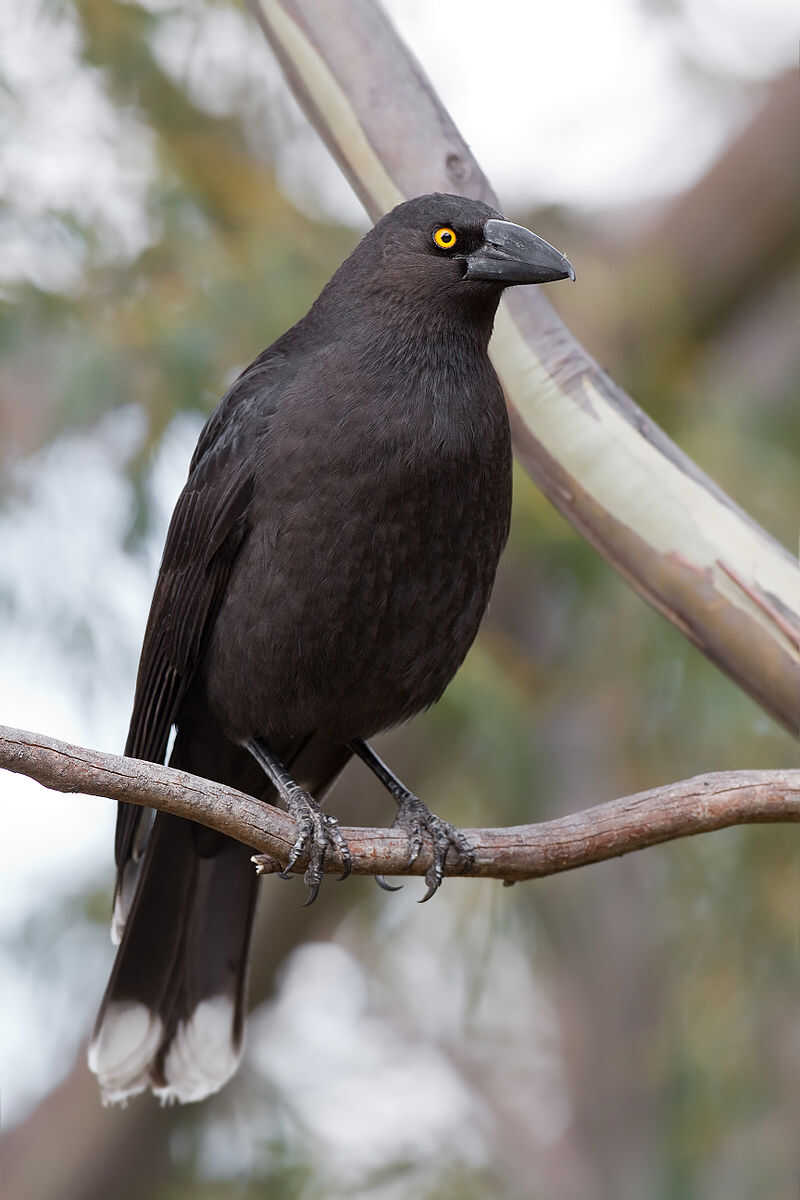There is plenty of birdlife in Tasmania. They range in colour, size and they also make a wide range of sounds.
(Tribonyx mortierii) (endemic to Tasmania) is a flightless bird that is endemic to Tasmania. It’s about 50 cm long with short tail. Feathers are olive brown with a white patch on the flank. The hen makes 14 separate calls and can run up to 48 kilometres per hour. More at https://en.wikipedia.org/wiki/Tasmanian_nativehen
Photo by Edoddridge CC BY-SA 3.0
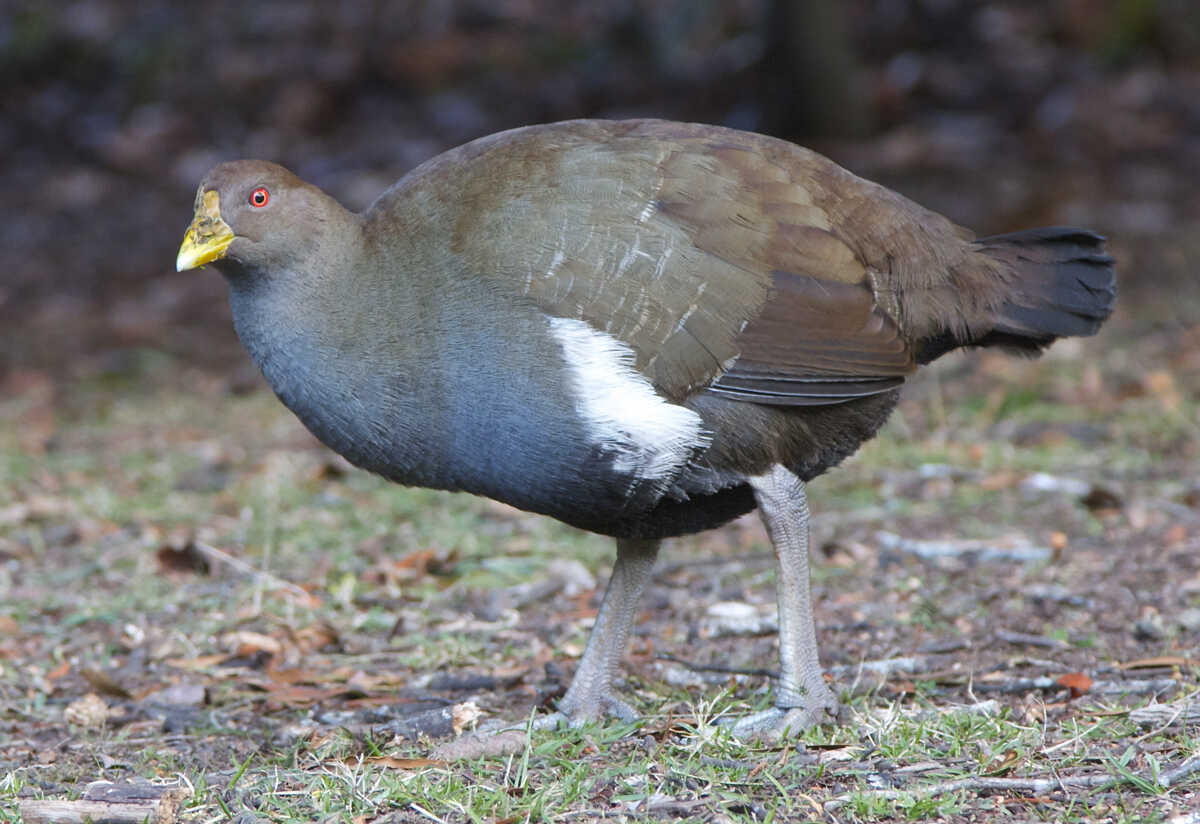
(Platycercus caledonicus) (endemic to Tasmania) is a parrot that is 37 cm long. The green rosella's underparts, neck and head are yellow, with a red band above the beak and violet-blue cheeks. The back is mostly black and green, and its long tail blue and green. More at https://en.wikipedia.org/wiki/Green_rosella
Photo by JJ Harrison CC BY-SA 3.0
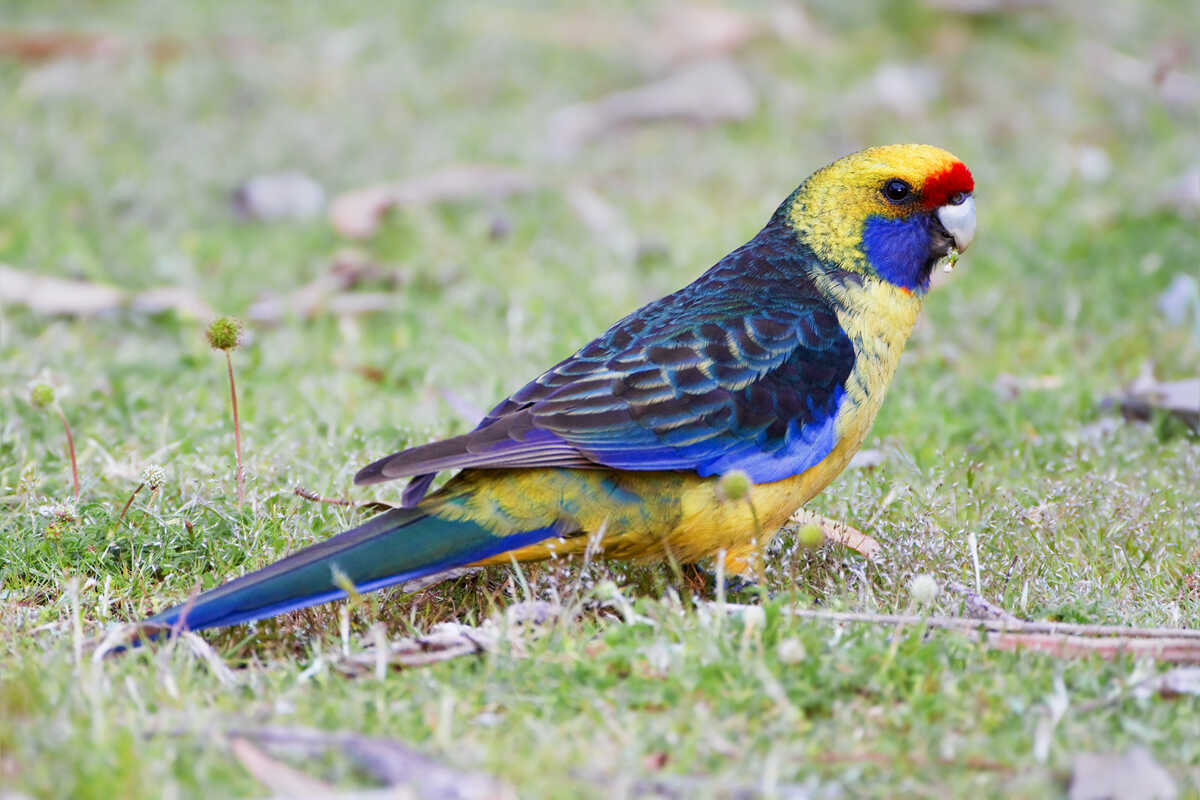
(Sericornis humilis) or brown scrubwren (endemic to Tasmania) is about 13 cm long bird with a short, slender straight bill, short legs and a short tail. Their plumage is mostly dark olive-brown above with russet on the back, rump and upper-tail. It’s also called the alarm bird of the Tasmanian scrub, as it is the first to signal danger. More at http://www.birdsinbackyards.net/species/Sericornis-humilis
Photo by JJ Harrison CC BY-SA 3.0
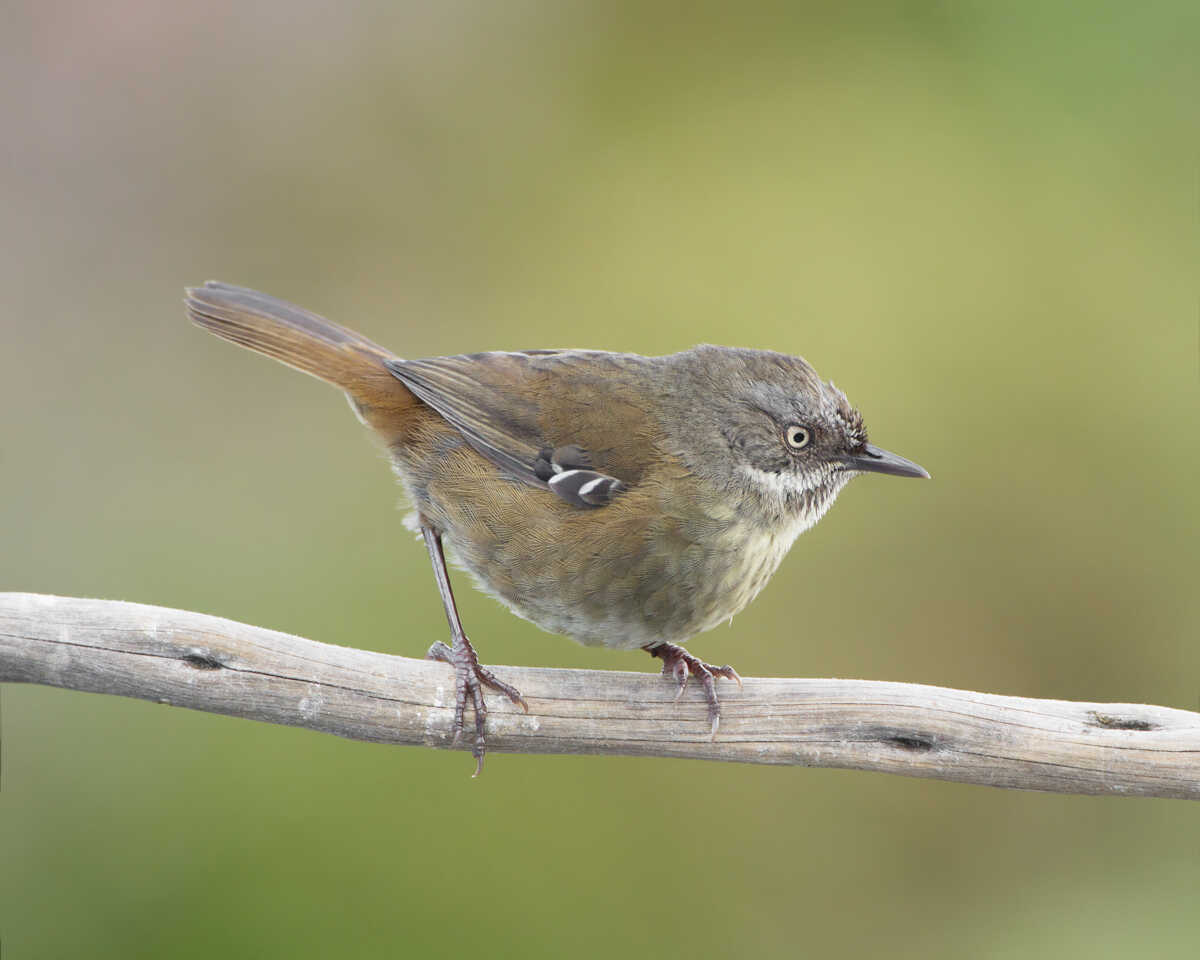
(Acanthornis magna) (endemic to Tasmania) is about 12 cm long bird with a white throat and belly, a brown back, crown, flank and tail, black wings and grey on the face. More at https://en.wikipedia.org/wiki/Scrubtit
Photo by JJ Harrison CC BY-SA 3.0
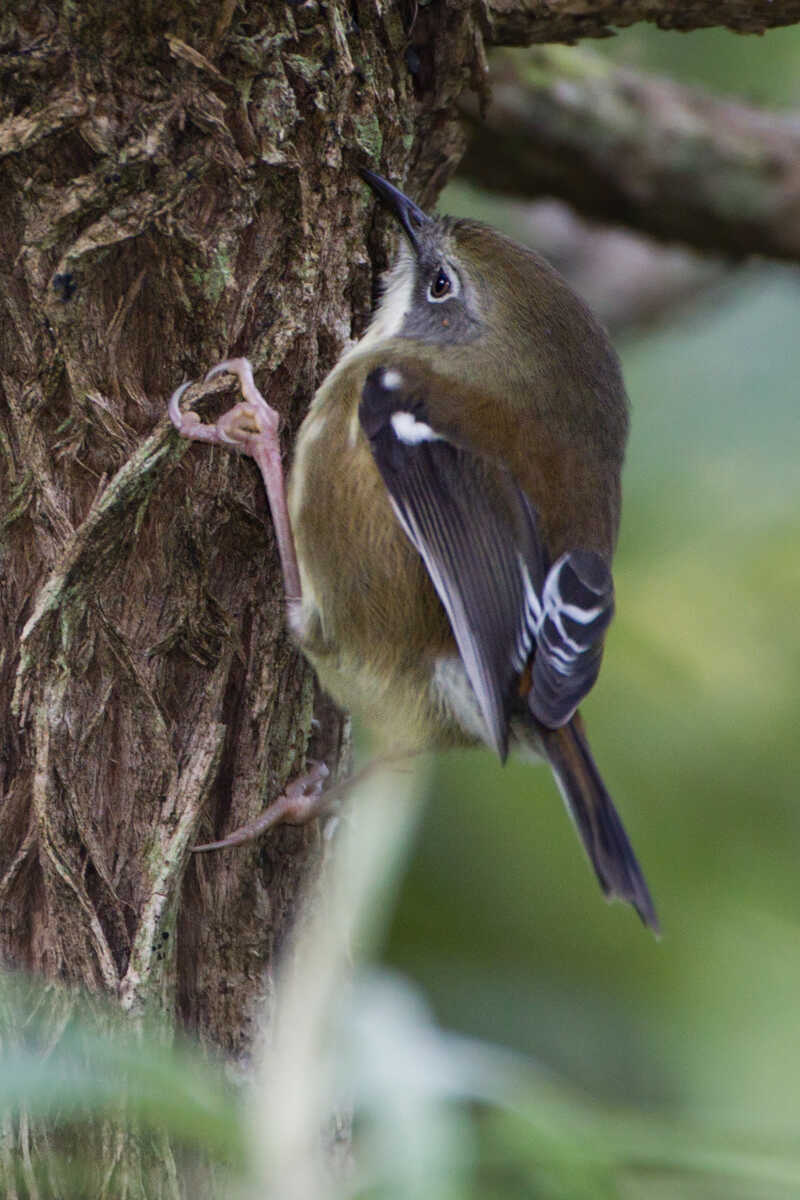
(Acanthiza ewingii) (endemic to Tasmania) is about 10 cm long bird with primarily light brown plumage, a white undertail and a grey-streaked breast. More at https://en.wikipedia.org/wiki/Tasmanian_thornbill
Photo by Francesco Veronesi CC BY-SA 2.0
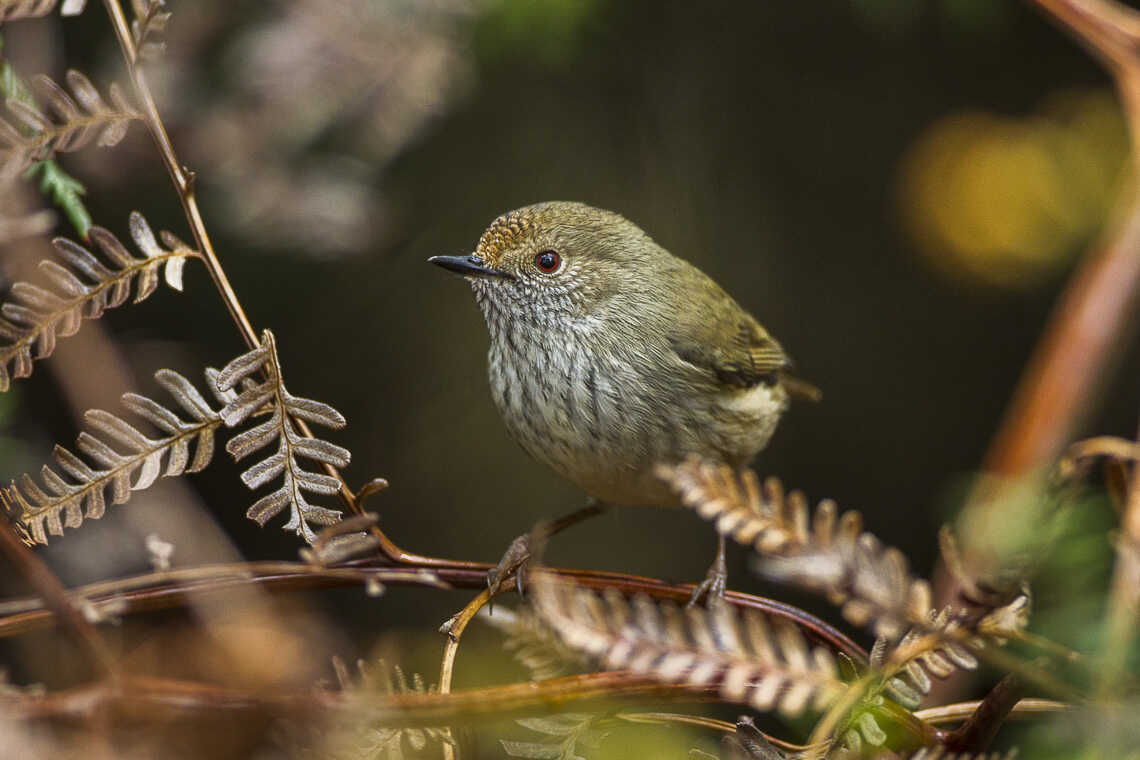
(Anthochaera paradoxa) (endemic to Tasmania) is about 40 cm long and the largest honeyeater. Its name derives from wattles in the corners of their mouths. They have dark wings and a yellow belly, with the upperparts in grey to dusky brown. More at https://en.wikipedia.org/wiki/Yellow_wattlebird
Photo by JJ Harrison CC BY-SA 3.0

(Lichenostomus flavicollis) (endemic to Tasmania) is a medium to large bird about 21 cm long with a relatively long tail and a distinctive bright yellow chin and throat. It has bright olive green plumage on body and a silver-grey head. More at http://www.birdsinbackyards.net/species/Lichenostomus-flavicollis
Photo by JJ Harrison CC BY-SA 3.0
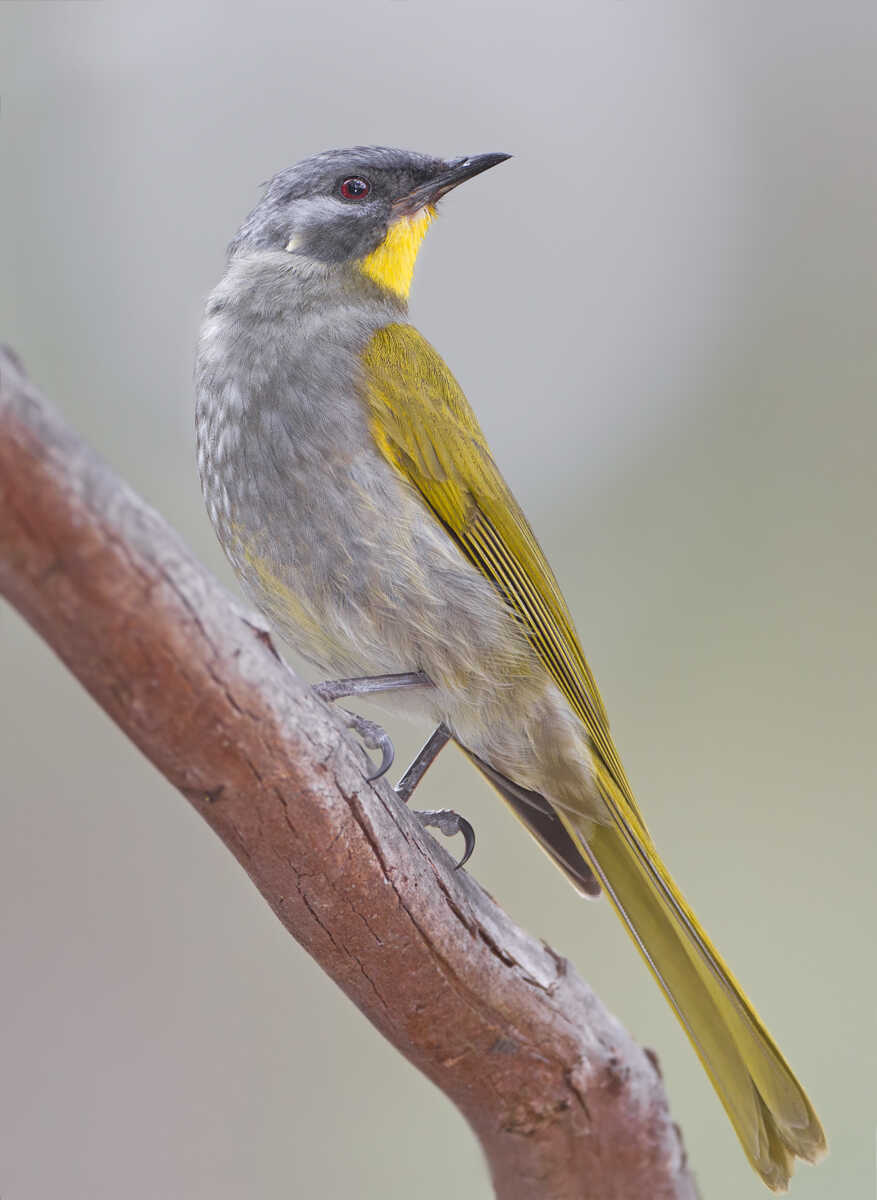
(Melithreptus validirostris) (endemic to Tasmania) is about 17 cm long bird with olive brown plumage above and pale grey brown below, with a black head, nape and throat white patch over the eye and a white crescent-shaped patch on the nape. It’s name derives from the Latin words validus as "strong", and rostrum as "bill". More at https://en.wikipedia.org/wiki/Strong-billed_honeyeater
Photo by Francesco Veronesi
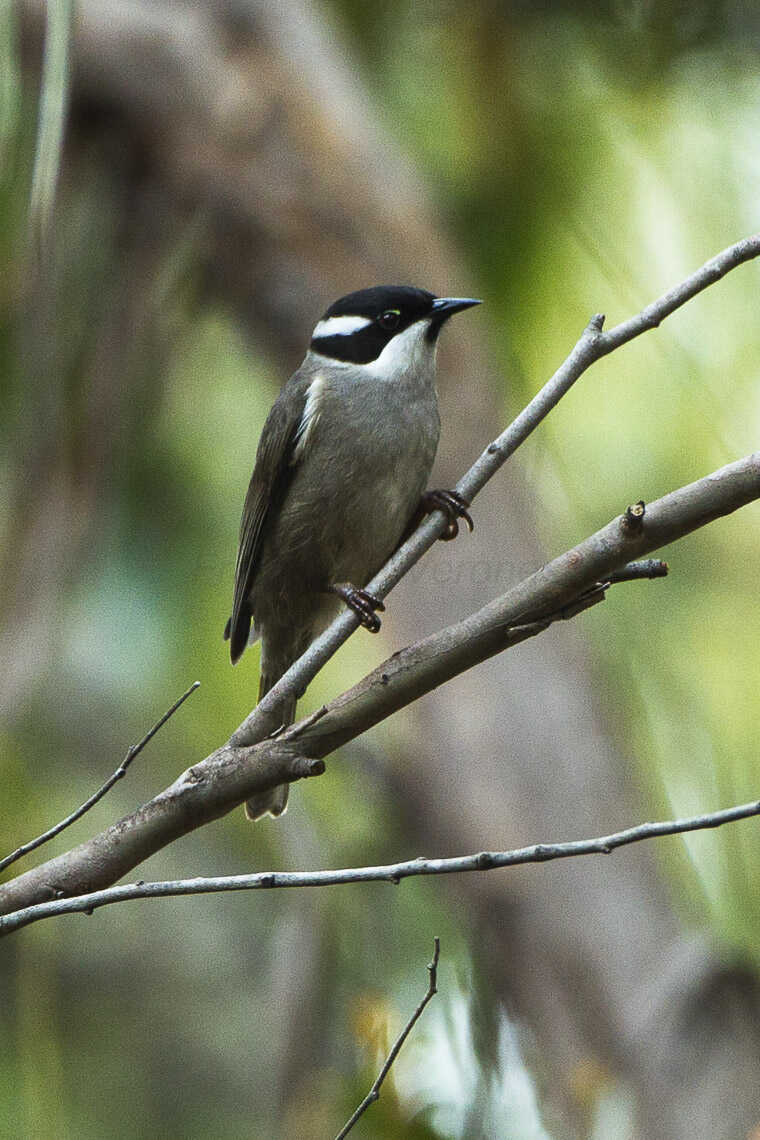
(Melithreptus affinis) (endemic to Tasmania) is a mid-sized honeyeater with a small beak. It’s plumage is olive green above and white below, with a wholly black head that lacks the white nape of its relatives. It has a blue-white patch of bare skin around the eye. More at https://en.wikipedia.org/wiki/Black-headed_honeyeater
Photo by Alan Fletcher CC Attribution-Share Alike 2.5 Generic
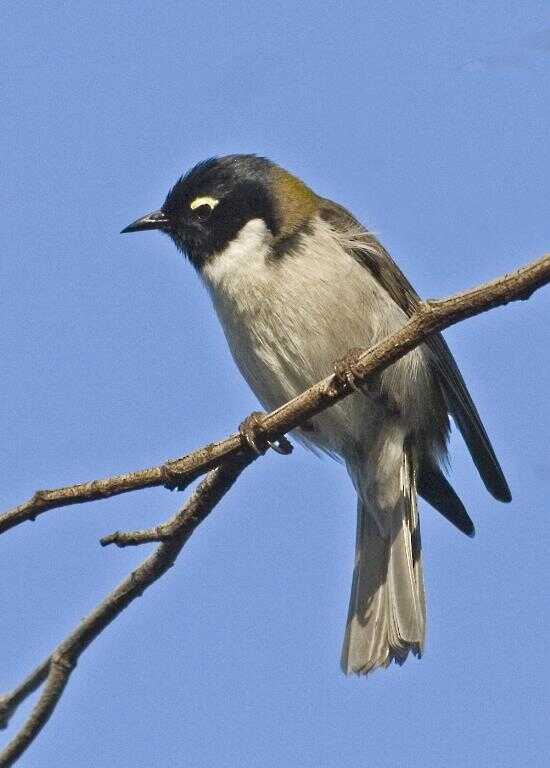
(Melanodryas vittata) (endemic to Tasmania) is a small bird about 17 cm long. It has greyish- or olive-brown upperparts and narrow white shoulder edge, and white patch on the wing. More at https://en.wikipedia.org/wiki/Dusky_robin
Photo by JJ Harrison CC BY-SA 3.0
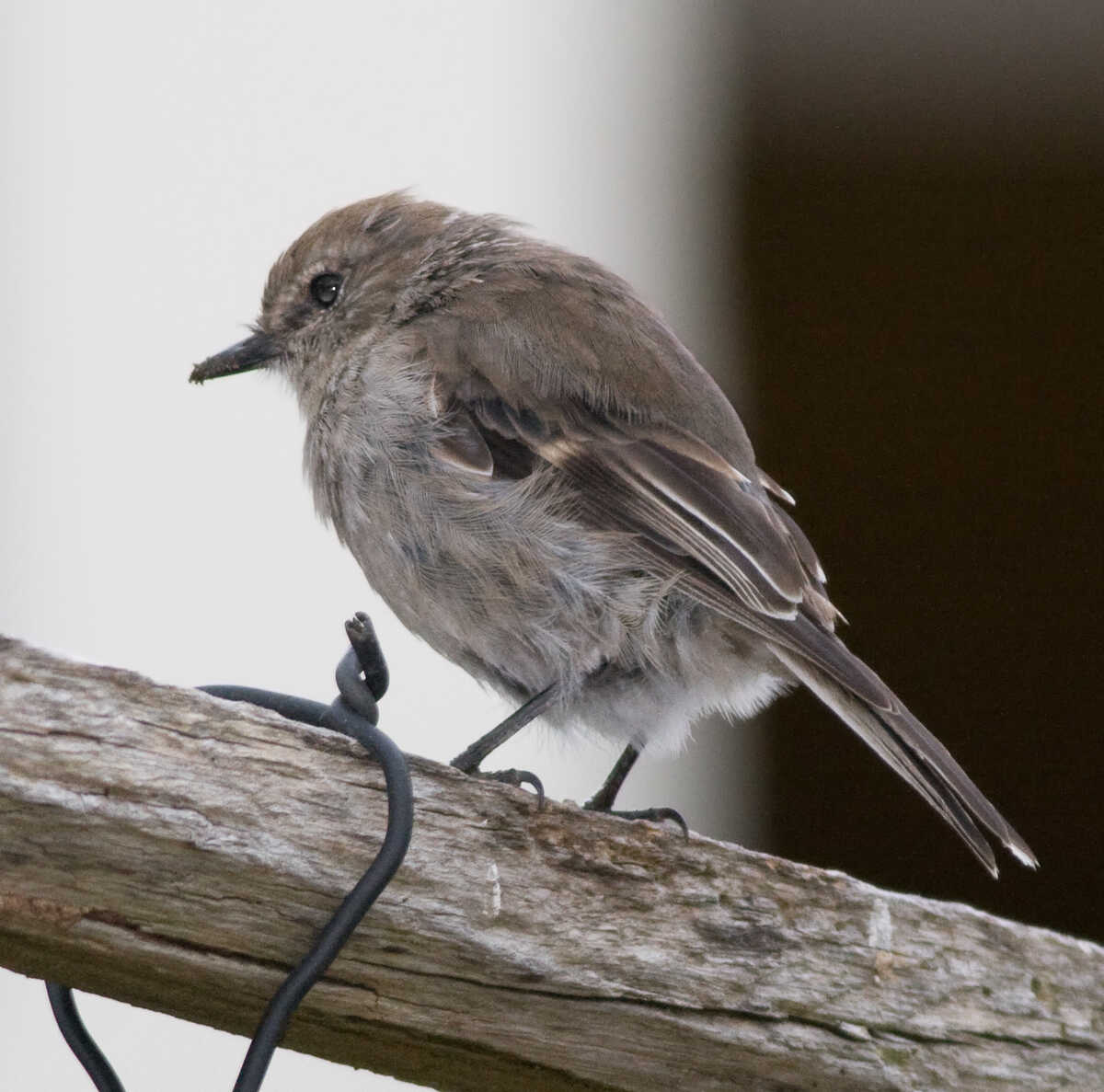
(Strepera fuliginosa) or black jay (endemic to Tasmania) is a large bird that is about 50 cm long. It’s plumage is black with white wing patches and a heavy black bill. More at https://en.wikipedia.org/wiki/Black_currawong
Photo by JJ Harrison CC BY-SA 3.0
